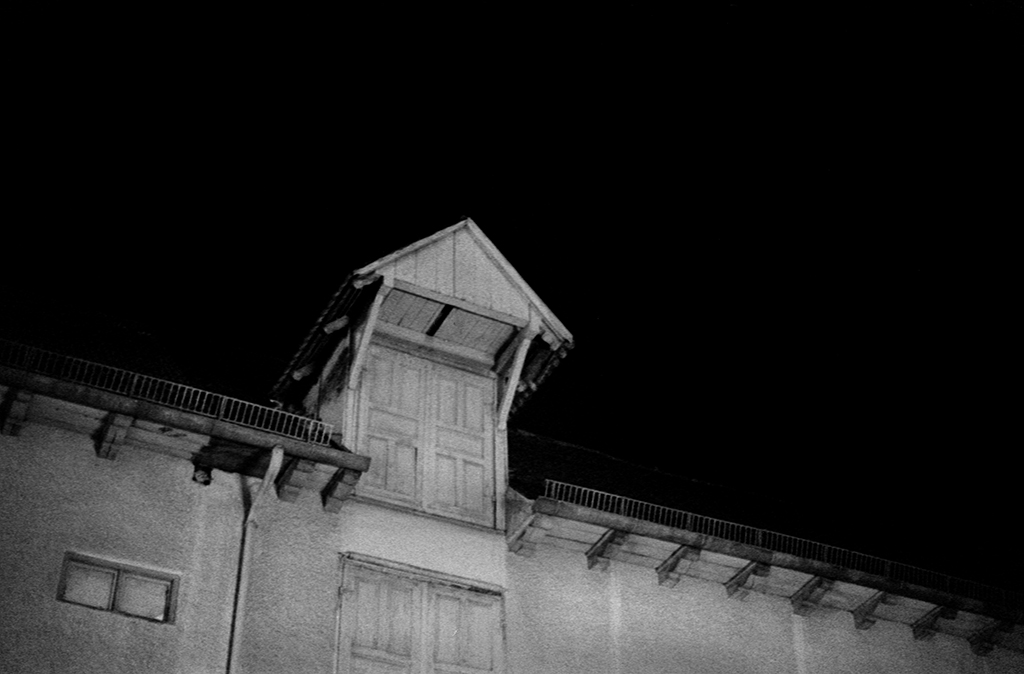This episode of The Monochrome Chronicles strays outside the usual boundaries of my photography. These images seem to be outside of time. The palette is soft and resides in middle gray, rather than my usual dark and high contrast palette. More important is the concept. For this I have to go far back in time to my teenage years, the 1960s, a farm in Iowa, an imaginary cafe in our town. This was the Rooster’s Nest, a storefront place where people would drop by late in the afternoon for doughnuts and coffee, and gossip. The foibles of their neighbors would be the daily topic. I cannot chronicle the stories from the Rooster’s Nest, but I can show you how the spirit of the place has crept into my photography.
Only now in the 21st century have I come to recognize the spirit of the Rooster’s Nest hidden in some of my photographs from the last 30 years. The negatives, especially the earliest ones, had resided in my archives, unseen for nearly 20 years. The negatives were out of sight, yes, but the spirit of the Rooster’s Nest occasionally hovered subconsciously in my photographer’s imagination.



















At the beginning of this episode, I wrote that the photographs herein are outside my usual milieu. A mentor once counseled me: in every photography exhibit, there will be one image that doesn’t belong; the role of the curator is to see that the photograph is removed from the exhibit. Maybe I need a curator to tell me to omit this episode from The Monochrome Chronicles.
I think not. The spirit of the Rooster’s Nest is anchored somewhere deep inside – to ignore this, or to deny it, would be a mistake. During my 30 years behind the camera…well, I was unaware of the spirit for the most part, but occasionally it would materialize unexpectedly. It is part, a tiny part, of the little inner voice that guides me in photography.
The author Tom Wolfe exhorted us, “You can’t go home again.” That was correct but incomplete. “…and you can never leave home entirely, either.”
To feel that the photographs in this episode are hopelessly sentimental would be to miss the point. Remember: the Rooster’s Nest is an imaginary place.